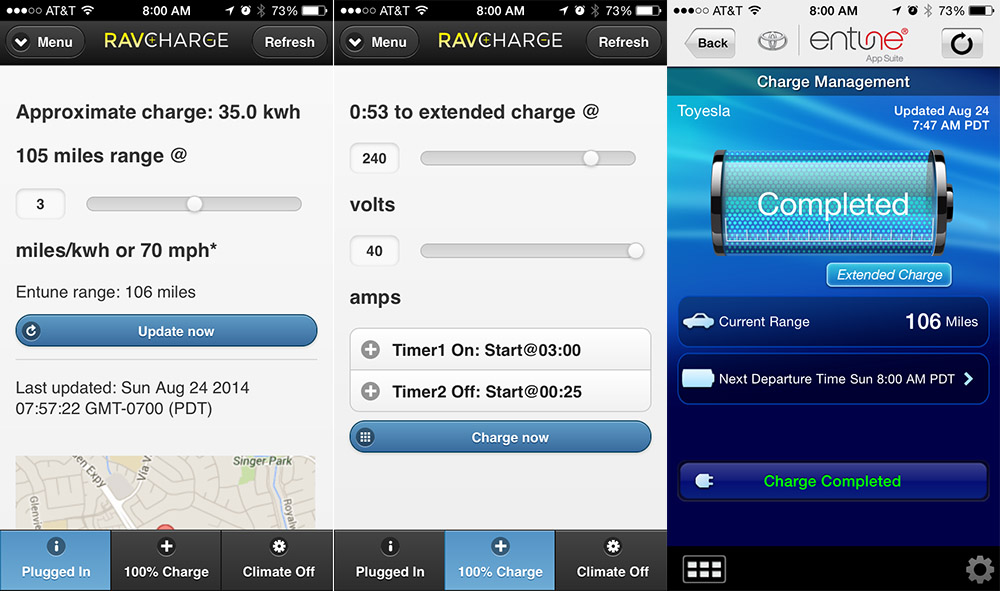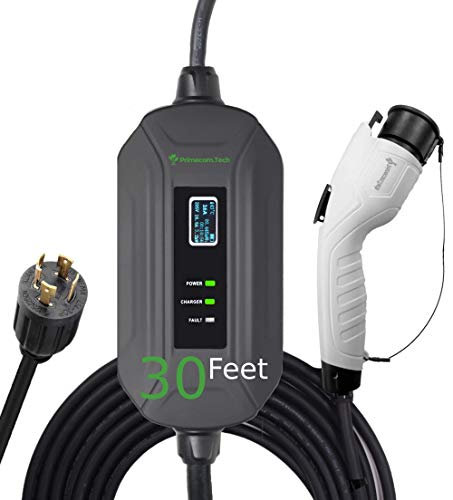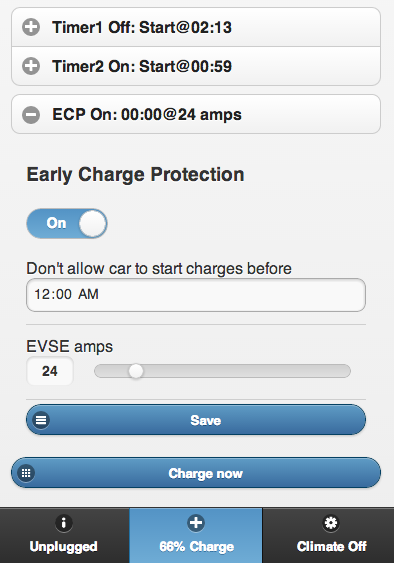Quick question on RavCharge. I've only had the car a few days, so still trying to figure out all the numbers - Tesla makes it so easy. Anyway, See my picture below. I did an extended charge because we are taking a long drive today and since I have no time constraints I want to experiment with how far I can go. So I've reset my trip counter for an actual measurement when I'm done. But after last nights charge, I see in RavCharge "0:53 to extended charge @...". That to me seems to state that I need another 53 minutes of charge for an extended charge. However, on the entunes screen you can see it's complete and has the Extended Charge label showing. I did manually start charging from RavCharge, I heard and saw the EVSE kick on, then it stopped after a few minutes and I got both amber LEDs lit solid in the back window. So I assume it really is fully charged (oh and the dash does popup the extended charge warning when turning off the car).
So what is the 53 min talking about on the RavCharge screen?

So what is the 53 min talking about on the RavCharge screen?






























